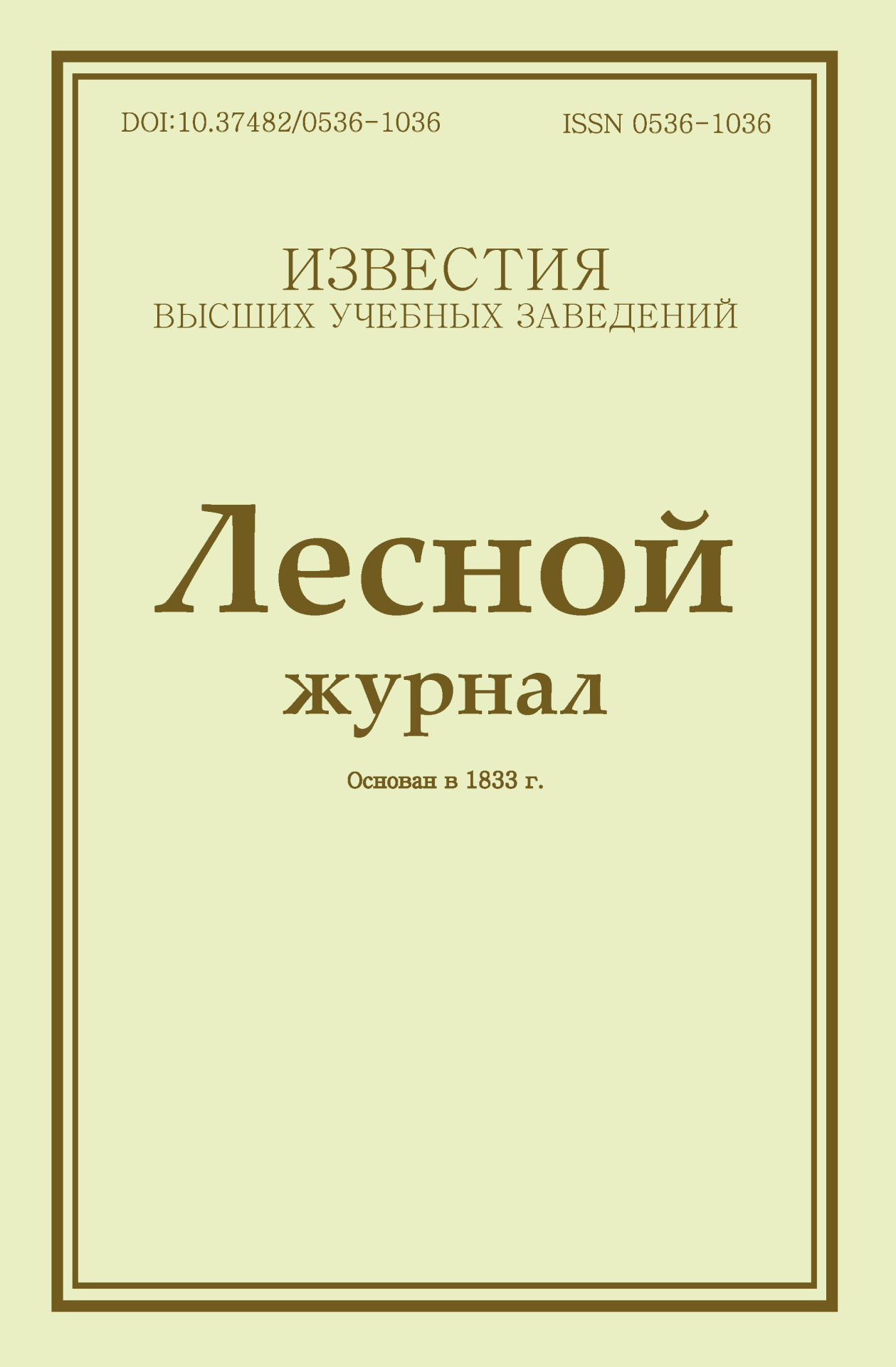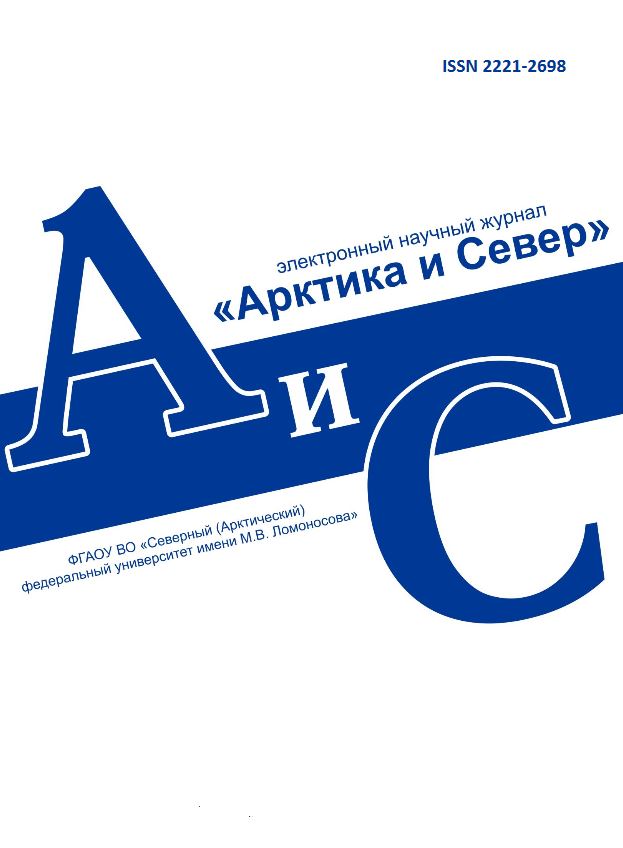
 

Legal and postal addresses of the founder and publisher: Northern (Arctic) Federal University named after M.V. Lomonosov, Naberezhnaya Severnoy Dviny, 17, Arkhangelsk, 163002, Russian Federation
Editorial office address: Journal of Medical and Biological Research, 56 ul. Uritskogo, Arkhangelsk
Phone: (8182) 21-61-00, ext.18-20
E-mail: vestnik_med@narfu.ru
https://vestnikmed.ru/en/
|
Visual-Verbal Information Processing During Passive Reading and Categorization of Words in a Phrase. C. 181-190
|
 |
Section: Biological sciences
Download
(pdf, 0.5MB )
UDC
612.821+612.84
DOI
10.37482/2687-1491-Z193
Abstract
The purpose of this study was to identify neurophysiological differences in information processing by the brain during passive reading and semantic categorization of individual words within a phrase. Materials and methods. The research involved 25 natural science students of Nizhny Novgorod universities. In the course of the experiment, the subjects were presented with word combinations consisting of an attribute and a noun on a computer monitor. In the first series of presentations, the task was to classify the attribute (target condition) and read the noun (non-target condition), in the second, to classify the noun and read the attribute. This allowed us to assess the restructuring of information processing when changing the task within a phrase, as well as to compare the processing of the word in the first and second positions in the target and non-target conditions. Using the 21-channel Neuron-Spectrum-4/VPM electroencephalograph (Neurosoft, Russia), event-related potentials (ERPs) obtained during the response to presented stimuli were recorded. Results. No differences were observed in attribute processing between the target and non-target conditions when tasks changed. For nouns, differences were revealed in ERP components between the target and non-target conditions. There was a more pronounced peak of the P200 component, a less pronounced peak of the N400 and a late negative wave of the N700 component during the categorization of nouns compared to their passive reading. Thus, when performing different tasks within a phrase, the brain changes the nature of verbal information processing, which is manifested in strengthening early lexical access, followed by the facilitation of lexico-semantic processing and activation of cognitive control mechanisms at the latest stages during the categorization of the second word in a phrase (noun) compared to its passive reading.
Keywords
event-related potentials, P200 wave, N400 wave, N700 wave, word combinations, passive reading, semantic categorization, verbal information processing by the brain
References
- Raucher-Chéné D., Terrien S., Gobin P., Gierski F., Caillies S., Kaladjian A., Besche-Richard C. Differential Semantic Processing in Patients with Schizophrenia versus Bipolar Disorder: An N400 Study. Acta Neuropsychiatr., 2019, vol. 31, no. 6, pp. 337–342. https://doi.org/10.1017/neu.2019.9
- Stuellein N., Radach R.R., Jacobs A.M., Hofmann M.J. No One Way Ticket from Orthography to Semantics in Recognition Memory: N400 and P200 Effects of Associations. Brain Res., 2016, vol. 1639, pp. 88–98. https://doi.org/10.1016/j.brainres.2016.02.029
- Brouwer H., Crocker M.W., Venhuizen N.J., Hoeks J.C.J. A Neurocomputational Model of the N400 and the P600 in Language Processing. Cogn. Sci., 2017, vol. 41, no. S6, pp. 1318–1352. https://doi.org/10.1111/cogs.12461
- Delogu F., Brouwer H., Crocker M.W. Event-Related Potentials Index Lexical Retrieval (N400) and Integration (P600) During Language Comprehension. Brain Cogn., 2019, vol. 135. Art. no. 103569. https://doi.org/10.1016/j.bandc.2019.05.007
- Neves E.P., Cravo A.M., Carthery-Goulart M.T. Functionality of the N400 Component and Its Application in Studies of Figurative Language Processing: A Systematic Review. Rev. Ling. Foco, 2022, vol. 13, no. 4, pp. 204–229. http://dx.doi.org/10.46230/2674-8266-13-7263
- Aurnhammer C., Delogu F., Brouwer H., Crocker M.W. The P600 as a Continuous Index of Integration Effort. Psychophysiology, 2023, vol. 60, no. 9. Art. no. e14302. https://doi.org/10.1111/psyp.14302
- Mar’ina I.V., Strelets V.B. Vliyanie smyslovogo soderzhaniya verbal’nykh stimulov i ikh znachimosti na vyzvannye potentsialy mozga [Verbal Stimuli Semantics and Relevance of ERPs]. Zhurnal vysshey nervnoy deyatel’nosti im. I.P. Pavlova, 2010, vol. 60, no. 1, pp. 22–31.
- Shang M., Debruille J.B. N400 Processes Inhibit Inappropriately Activated Representations: Adding a Piece of Evidence from a High-Repetition Design. Neuropsychologia, 2013, vol. 51, no. 10, pp. 1989–1997. https://doi.org/10.1016/j.neuropsychologia.2013.06.006
- Kreher D.A., Goff D., Kuperberg G.R. Why All the Confusion? Experimental Task Explains Discrepant Semantic Priming Effects in Schizophrenia Under “Automatic” Conditions: Evidence from Event-Related Potentials. Schizophr. Res., 2009, vol. 111, no. 1–3, pp. 174–181. https://doi.org/10.1016/j.schres.2009.03.013
- Balconi M., Pozzoli U. N400 and P600 or the Role of the ERP Correlates in Sentence Comprehension: Some Applications to the Italian Language. J. Gen. Psychol., 2004, vol. 131, no. 3, pp. 268–303. https://doi.org/10.3200/genp.131.3.268-303
- Althen H., Banaschewski T., Brandeis D., Bender S. Stimulus Probability Affects the Visual N700 Component of the Event-Related Potential. Clin. Neurophysiol., 2020, vol. 131, no. 3, pp. 655–664. http://doi.org/10.1016/j.clinph.2019.11.059
- Hecht M., Thiemann U., Freitag C.M., Bender S. Time-Resolved Neuroimaging of Visual Short Term Memory Consolidation by Post-Perceptual Attention Shifts. NeuroImage, 2016, vol. 125, pp. 964–977. https://doi.org/10.1016/j.neuroimage.2015.11.013
- Bender S. P 17 Neural Signatures of Post-Perceptual Attention and Selective Working Memory Encoding. Clin. Neurophysiol., 2017, vol. 128, no. 10, pp. e334–e335. http://dx.doi.org/10.1016/j.clinph.2017.06.096
- Prodius P.A., Nuzhina N.S., Mukhina I.V. Leksicheskie i regulyativnye osobennosti pererabotki zritel’noy verbal’noy informatsii v prostom kontekste [Lexical and Regulative Features of Processing Visual Verbal Information in Simple Context]. Vestnik novykh meditsinskikh tekhnologiy, 2017, vol. 24, no. 4, pp. 157–162. https://doi.org/10.12737/article_5a38fc3a38f3f0.18058568
- Treiman R. Linguistics and Reading. Aronoff M., Rees-Miller J. (eds.). Handbook of Linguistics. Oxford, 2017, pp. 617–626.
- Noesselt T., Shah N.J., Jäncke L. Top-Down and Bottom-Up Modulation of Language Related Areas – an fMRI Study. BMC Neurosci., 2003, vol. 4. Art. no. 13. https://doi.org/10.1186/1471-2202-4-13
- Maris E., Oostenveld R. Nonparametric Statistical Testing of EEGand MEG-Data. J. Neurosci. Methods, 2007, vol. 164, no. 1, pp. 177–190. https://doi.org/10.1016/j.jneumeth.2007.03.024
- Jankowiak K., Rataj K., Naskręcki R. To Electrify Bilingualism: Electrophysiological Insights into Bilingual Metaphor Comprehension. PLoS One, 2017, vol. 12, no. 4. Art. no. e0175578. https://doi.org/10.1371/journal.pone.0175578
- Il’yuchenok I.R., Sysoeva O.V., Ivanitskiy A.M. Dve semanticheskie sistemy mozga dlya bystrogo i medlennogo razlicheniya abstraktnykh i konkretnykh slov [Two Semantic Brain Systems for Rapid and Slow Differentiation of the Abstract and Concrete Words]. Zhurnal vysshey nervnoy deyatel’nosti im. I.P. Pavlova, 2007, vol. 57, no. 5, pp. 566–575.
|
Make a Submission









Vestnik of NArFU.
Series "Humanitarian and Social Sciences"
.jpg)
Forest Journal

Arctic and North


|




.jpg)

